Rising Healthcare Expenditure
Rising healthcare expenditure across various regions is contributing to the growth of the Palmar Hyperhidrosis Treatment Market. As healthcare budgets expand, more resources are allocated to the treatment of conditions like palmar hyperhidrosis. Increased funding allows for better access to advanced treatment options and improved patient care. Reports indicate that healthcare spending is expected to rise by 5-7% annually, which could lead to enhanced availability of treatments for hyperhidrosis. This financial support is likely to facilitate the development of innovative therapies and increase patient access to necessary treatments, thereby driving market growth.
Increased Awareness and Education
Increased awareness and education regarding palmar hyperhidrosis are pivotal in shaping the Palmar Hyperhidrosis Treatment Market. Campaigns aimed at educating both healthcare professionals and the public about the condition have led to improved diagnosis rates. As more individuals recognize the symptoms and seek treatment, the market is poised for growth. Reports suggest that awareness initiatives have resulted in a 30% increase in patient consultations for hyperhidrosis-related issues. This heightened awareness not only encourages patients to pursue treatment but also motivates healthcare providers to offer comprehensive care options, further propelling market expansion.
Advancements in Treatment Technologies
Technological advancements in treatment options are significantly influencing the Palmar Hyperhidrosis Treatment Market. Innovations such as microwave therapy, iontophoresis, and minimally invasive surgical techniques have emerged, providing patients with more effective and less invasive alternatives. The introduction of these advanced technologies not only enhances treatment efficacy but also improves patient satisfaction. For instance, the market for botulinum toxin injections has expanded, with a reported efficacy rate of over 80% in treating palmar hyperhidrosis. As these technologies continue to evolve, they are likely to attract more patients seeking relief from excessive sweating, thereby driving market growth.
Rising Prevalence of Palmar Hyperhidrosis
The increasing prevalence of palmar hyperhidrosis is a notable driver for the Palmar Hyperhidrosis Treatment Market. Studies indicate that approximately 1-3% of the population suffers from this condition, leading to heightened demand for effective treatments. As awareness grows, more individuals seek medical assistance, thereby expanding the market. The condition often leads to significant social and occupational impairments, prompting patients to explore various treatment options. This rising prevalence is likely to stimulate innovation and investment in treatment modalities, including both surgical and non-surgical options. Consequently, the market is expected to experience substantial growth as healthcare providers respond to the increasing need for effective solutions.
Growing Demand for Non-Invasive Treatments
The growing demand for non-invasive treatment options is a significant driver in the Palmar Hyperhidrosis Treatment Market. Patients increasingly prefer treatments that minimize recovery time and reduce the risk of complications. Non-invasive procedures, such as iontophoresis and topical treatments, have gained popularity due to their convenience and effectiveness. Market analysis indicates that non-invasive treatments are projected to account for a substantial share of the market, as they align with patient preferences for less invasive solutions. This trend is likely to encourage manufacturers to invest in research and development of new non-invasive therapies, further enhancing market growth.


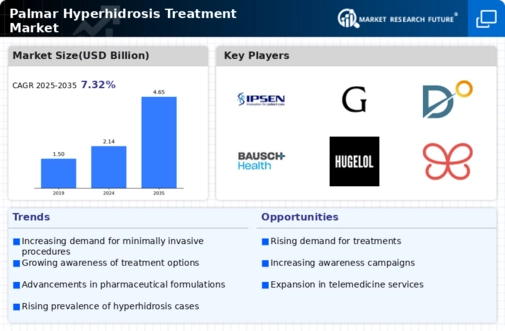
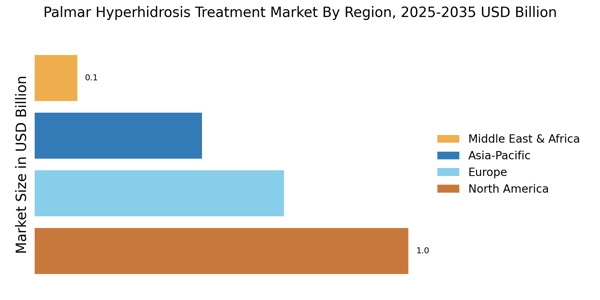

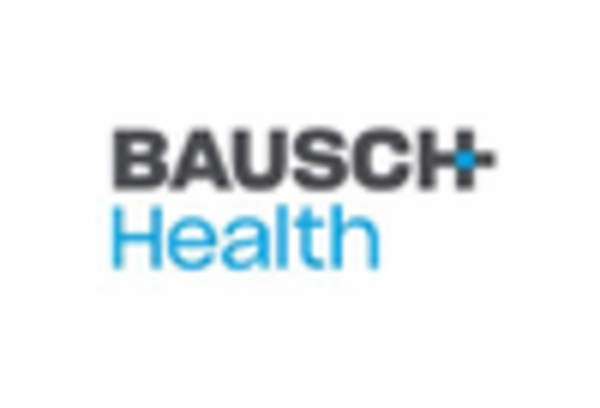

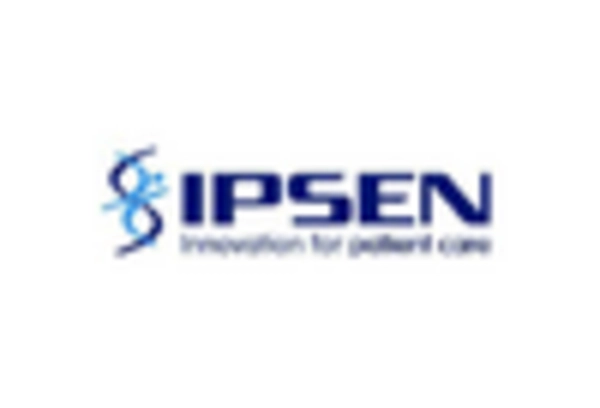
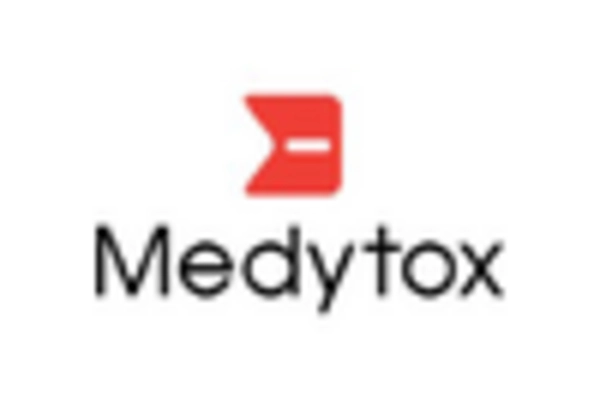
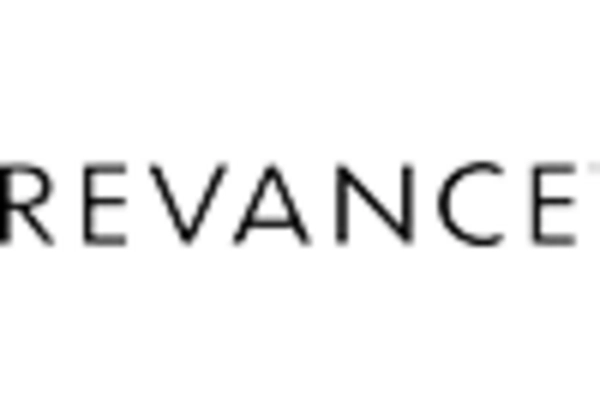








Leave a Comment